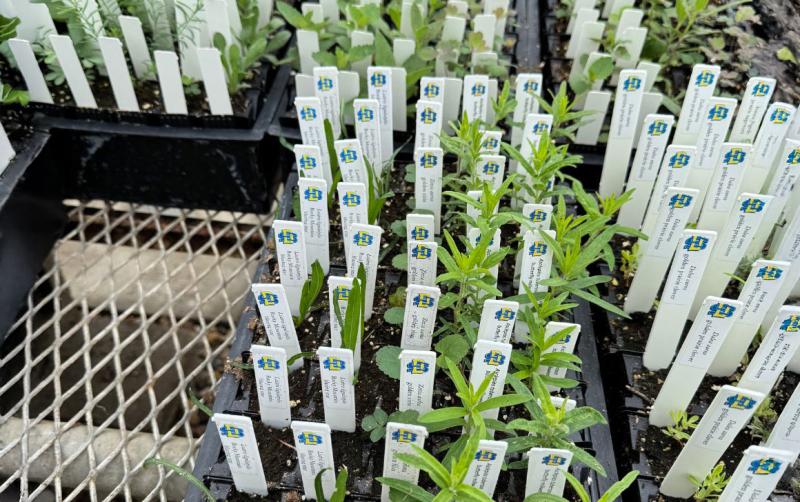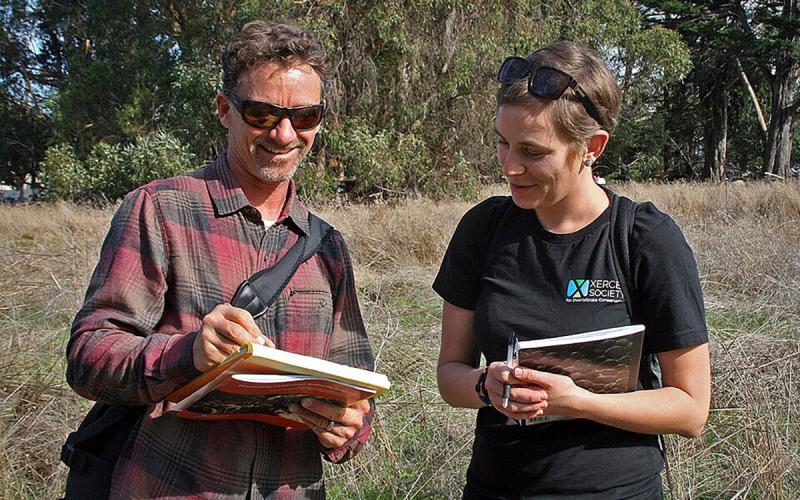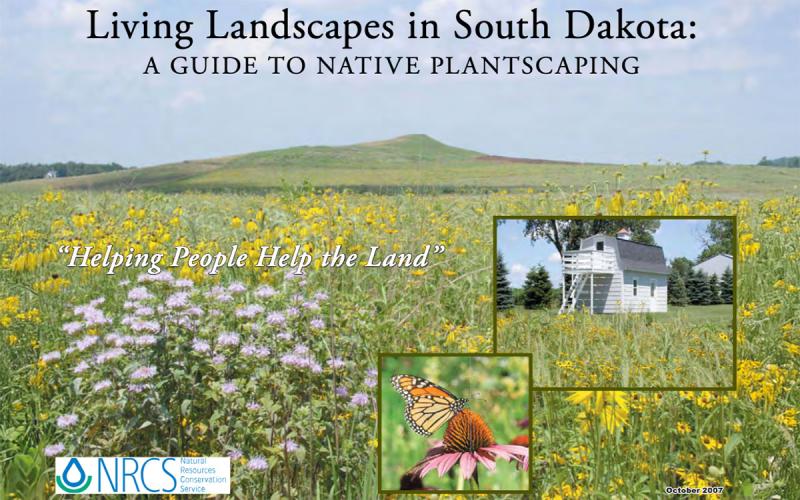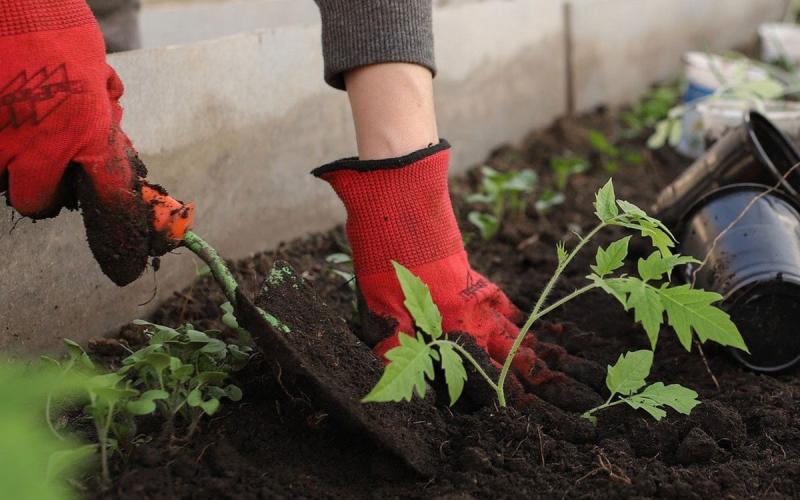Written by Sara Ogan, SDSU Extension Horticulture Assistant, under the direction, contribution, and review of Robin Buterbaugh.
A native plant is defined as a plant that has developed naturally in a specific region or ecosystem without human introduction. These plants are essential to local ecosystems, providing habitat and food for insects and wildlife and they are adapted to the local environmental conditions, such as soil types and climate.
As we continue to see the benefits (ease of growth, lower watering cost, erosion control, pollinator habitat) of growing native plants in our cultivated landscapes, finding the right plant for the right place requires the right resources. Here are a few resources that offer native plant recommendations and education. We hope these resources will inspire you to get out and grow something native.
Regional Native Plant and Seed Sources

These are some of the local and regional retailers that are committed to the propagation of native plants. Contact your local garden centers to see what native plants they offer as well and encourage them to carry more native plants in their inventory.
- SDSU Native Plant Initiative
- Siouxland Prairie Farms
- Renovo Seed
- Prairie Nursery
- Prairie Moon Nursery
Plant Databases
Plant databases include scientific information on plant names, growing zones, research, and images to help identify plants suitable for use in a specific landscape.
- South Dakota Native Plant Research, South Dakota State University.
- Minnesota Wildflowers, MinnesotaWildflowers.info.
- Plants Database, U.S. Department of Agriculture.
Non-Profit Organizations

These groups partner with public and private donors to provide education about and promote the use of native plants.
- Homegrown National Park: This organization raises awareness and urgently inspires everyone to address the biodiversity crisis by adding native plants and removing invasive ones where we live, work, learn, and play. In the Get Started Guide, Doug Tallamy has talks and educational videos for kids, and there are many other resources on the website.
- Pollinator Partnership: The founders of World Bee Day and Pollinator Week provide bee guides, planting guides, pesticide education and much more to promote the health of pollinators.
- Wild Ones: Native Plants, Natural Landscapes: From webinars, garden design plans, to quarterly journals with articles and gorgeous photos, Wild Ones fulfills its mission to “promote native landscapes through education, advocacy and collaborative action.”
- Xerces Society for Invertebrate Conservation: This organization is an international nonprofit organization that protects the natural world through the conservation of invertebrates and their habitats. Resources offered include the quarterly Wings magazine, milkweed finder and the Bug Banter podcast.
State Extension and USDA Websites
Extension and government programs provide current, research-based, consumer horticulture information and education to citizens.
- South Dakota Garden & Yard Resources, SDSU Extension.
- Minnesota Yard & Garden Garden Resources, University of Minnesota Extension.
- Native Gardening Resources, USDA U.S. Forest Service.
Recommended Books

These are just a few of our favorite books that educate and inspire a love for native plants.
- Living Landscapes in South Dakota: A Guide to Native Plant scaping, Natural Resources Conservation Service.
- Grassland Plants of South Dakota and the Northern Great Plains; James R. Johnson, Gary E. Larson.
- Plants of the Black Hills and Bear Lodge Mountains; Gary Larson, James R. Johnson
- Nature's Best Hope: A New Approach to Conservation That Starts in Your Yard, Douglas W. Tallamy.
- Nature's Best Hope (Young Readers' Edition): How You Can Save the World in Your Own Yard; Douglas W. Tallamy, Author; Sarah L. Thomson, Adapter.
About the Native Plant Initiative
Native plants are the foundation that supports insects, pollinators (including bees), birds and wildlife.
Learn More

